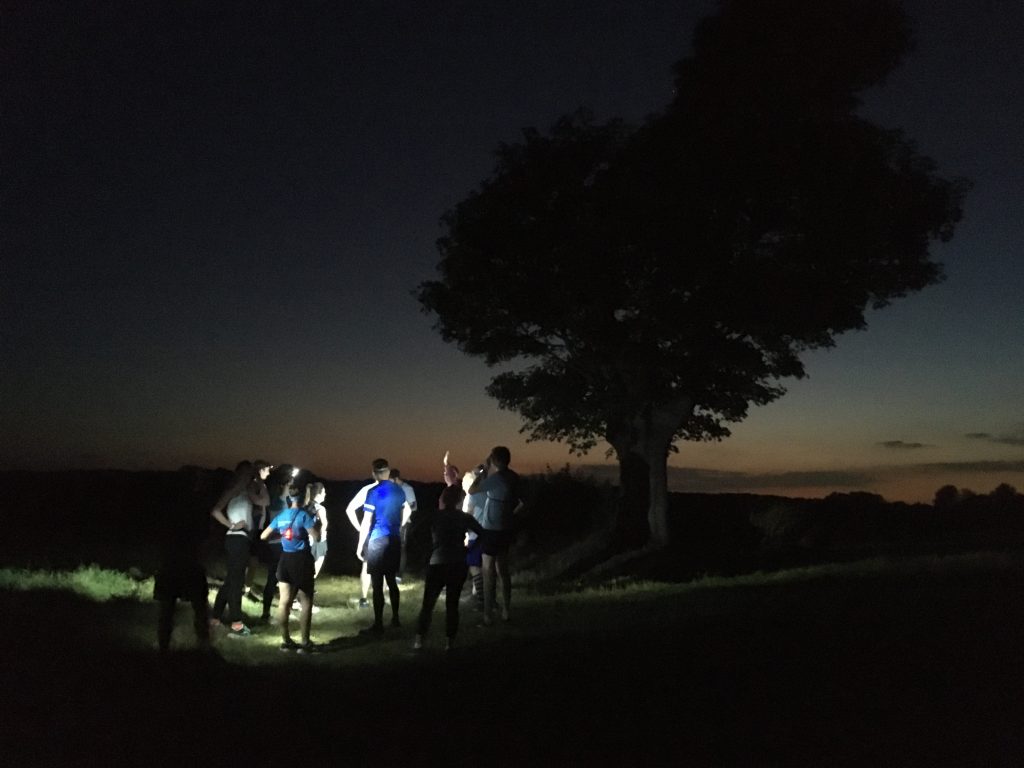Evenings are darker earlier and the weather is wetter; outdoor sports require small changes that keep you visible, dry, warm, and confident. The guidance below focuses on visibility, waterproof and breathable clothing, footwear, group safety, and practical kit recommendations that work for UK conditions.
Visibility and Lighting
- Use a head torch for hands-free light. Choose a lightweight, comfortable torch with at least 200–400 lumens for trail running and 100–200 lumens for road running. Look for adjustable beam width and a secure strap.
- Add chest or clip-on running lights for conspicuity. Small flashing LEDs on the chest or back increase side-on visibility to drivers and cyclists.
- Wear highly reflective clothing. Full-surface reflective pieces from brands like Proviz dramatically increase visibility from all angles compared with small reflective trims.
- Layer reflective elements. Combine a reflective outer layer with a head torch and chest light so you are visible whether standing, running, or cycling.
- Use coloured lights for signalling. Red rear lights and white front lights follow common conventions and help other road users intuitively judge direction.
- Test your lights before every session. Check batteries, straps, and beam alignment before heading out.
Group Running and Dark-Time Social Safety
- Run in groups whenever possible. Groups increase visibility, reduce risk, and provide immediate help if someone is injured.
- Plan routes with streetlighting or floodlit facilities. Prefer routes that are well lit or include sections on floodlit all‑weather courts and pitches.
- Assign positions in the group. Place a confident navigator at the front, a strong runner with first-aid kit mid-pack, and an experienced runner at the rear.
- Brief the group on signals and pace. Use simple hand signals or voice calls for stops, hazards, and pace changes.
- Carry a compact first-aid kit and phone. Keep emergency contact numbers accessible and share live location when possible.
Clothing and Waterproof Outerwear
- Choose breathable waterproof shells. Look for jackets with a waterproof membrane (e.g., Gore‑Tex, eVent, or equivalent proprietary membranes) and taped seams to keep rain out while allowing sweat vapour to escape.
- Prioritise fit and ventilation. Jackets with pit zips, adjustable hems, and articulated sleeves stop flapping at speed and let you dump heat when needed.
- Use highly visible waterproofs. Bright-coloured waterproofs with full-surface reflectivity combine weather protection with maximum visibility.
- Layer with moisture-wicking baselayers. Synthetic or merino baselayers move sweat away from the skin and reduce chill when you stop.
- Carry a lightweight packable shell. A compact waterproof that tucks into a pocket prevents you from getting soaked if the weather turns mid-session.
Footwear and Foot Protection
- Select waterproof running shoes for wet conditions. Waterproof trail or road shoes with GORE‑TEX or similar membranes keep feet dry on soggy routes while preserving breathability.
- Mind the outsole and grip. Wet leaves, mud, and painted road surfaces require soles with aggressive tread and reliable wet-grip rubber.
- Use waterproof socks for added protection. Sealskinz waterproof socks keep feet dry while still allowing some breathability and reduce blister risk on long, wet runs.
- Wear waterproof gloves. Sealskinz waterproof gloves protect hands from wind and rain and preserve dexterity for phone use or first aid.
- Dry footwear after sessions. Remove insoles, stuff shoes with absorbent paper, and avoid direct heat which damages membranes.
Practical Kit Checklist
- Head torch with spare battery.
- Chest or clip-on rear LED.
- Proviz reflective jacket or bib.
- Breathable waterproof shell with pit zips.
- Merino or synthetic baselayer and midlayer.
- Waterproof running shoes with wet-grip outsole.
- Sealskinz waterproof socks and gloves.
- Compact first-aid kit, phone with portable power bank, and ID.
- Small waterproof pack or dry bag for extras.
Route Choice and Training Adjustments
- Prefer floodlit all-weather courts and pitches for interval work. These surfaces are predictable, well drained, and well lit.
- Avoid routes with heavy traffic or poor sightlines in the dark. Choose routes that give both you and drivers clear sightlines and safe margins.
- Shorten sessions when the forecast is poor. Quality over quantity keeps training consistent without undue risk.
- Include strength and mobility sessions indoors. Maintain progress when conditions make running unsafe.
Final Practical Tips
- Reflect early and often. More reflective surface beats more lights when visibility is marginal.
- Layer to manage temperature changes. Start slightly cool; you will warm up quickly once moving.
- Maintain kit regularly. Reproof waterproofs, replace worn soles, and keep lights charged.
- Respect local rules on lights and headlamps when using multi-use areas and floodlit facilities.
- Share your plan with someone if you head out alone and set an expected return time.
Stay visible, stay dry, and keep enjoying the outdoors as the evenings close in.
